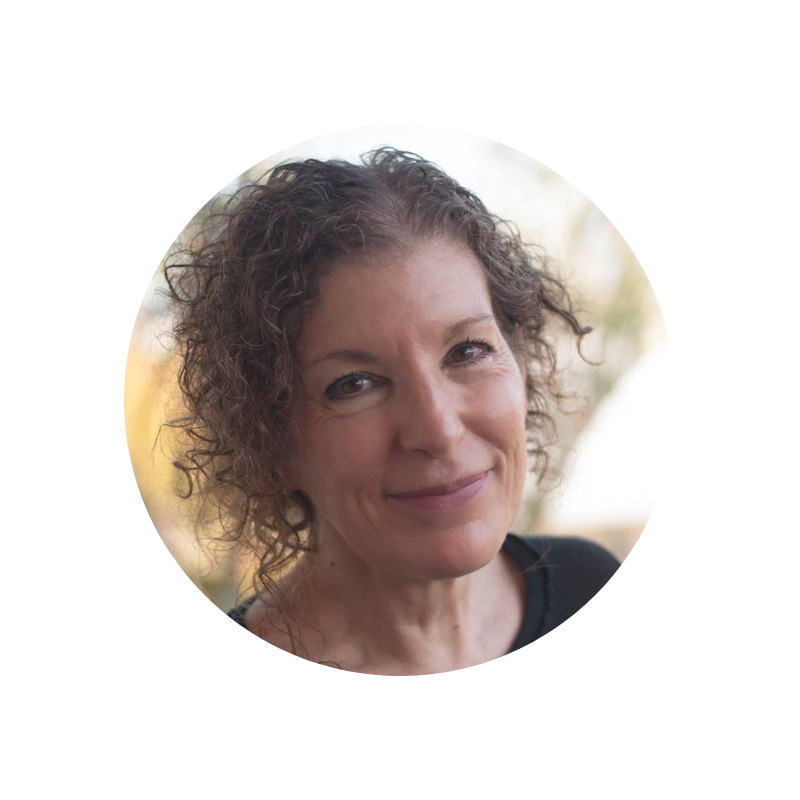I have previously written about our body’s automatic responses to threat. I am re-sharing that article below and will add some more information specific to our current experiences.
People I work with are often very confused about themselves and why they do what they do, for instance continue to smoke, overeat or eat unhealthy foods, feel anxious or get angry.

I believe we can benefit through having opportunities to develop alternative and more realistic and gentle narratives and understandings of ourselves.
One way I do this is by sharing discoveries from neuroscience about the different parts and functions of our brain and our autonomic nervous system.
So let’s chat a little bit about our autonomic nervous system….
We are constantly processing information from the environment through the senses, and the autonomic nervous system is continually evaluating this information for risk. It is constantly listening to what is happening in and around our bodies and in the connections we have to others. This listening happens below the thinking parts of our brain and away from our conscious control. It happens at an unconscious level.
We have developed a very quick response to this detection of threat. Our newest response is our automatic first response. This is called social engagement and is where we turn to others for safety. If this isn’t successful in providing us with a sense of safety, we automatically and very quickly go to our next response, a mobilised response often referred to as the fight or flight response. If we are still not able to find safety we resort to our oldest response, which is immobilisation or freeze. Each of these responses evolved with positive objectives for safety. Some people however can develop habits for these responses which no longer serve a positive benefit. I often see people who experience anxiety which can be an unhelpful energised response to life events. Other people can experience prolonged experiences which they may describe as numbness, shut down or disconnection which can be an unhelpful immobilised response.
Each of these responses feels different in our bodies and generates different emotions and behaviours. We can develop habits for these responses. People who have prolonged experiences of the older two reactions of fight or flight, and/or immobilisation may notice a reduction in their enjoyment and satisfaction of life, and also in physical and/or emotional health.
Our current experiences of snap lock downs and not being able to travel to be with people we love because they live in other local government areas, other states or other countries disrupts our connectedness. Our most recent lock down conditions in Brisbane have us not being able to have any people to our homes. This disruption can place our emotional and physical health at risk if we experience prolonged periods of feeling unsafe – prolonged periods of mobilisation and / or immobilisation.
I invite you to think about ways you can take care of your nervous system as it attempts to navigate through the threats and challenges of the pandemic. Some suggestions for what some people have found helpful include slow breathing, laughing, singing, humming, sighing and embracing the virtual world of communication by becoming more accomplished at sharing feelings and not just stories when on video – developing safe connectedness – something which maybe we took too much for granted.
Hypnotherapy can be useful in developing new and healthier responses. If you want to know more about hypnosis call Katina on 0415480804 or email at katina@focushypnotherapy.com.au
Katina Gleeson is a hypnotherapist, social worker & counsellor who is passionate about working with people to achieve their best personally & professionally.
Focus Hypnotherapy

